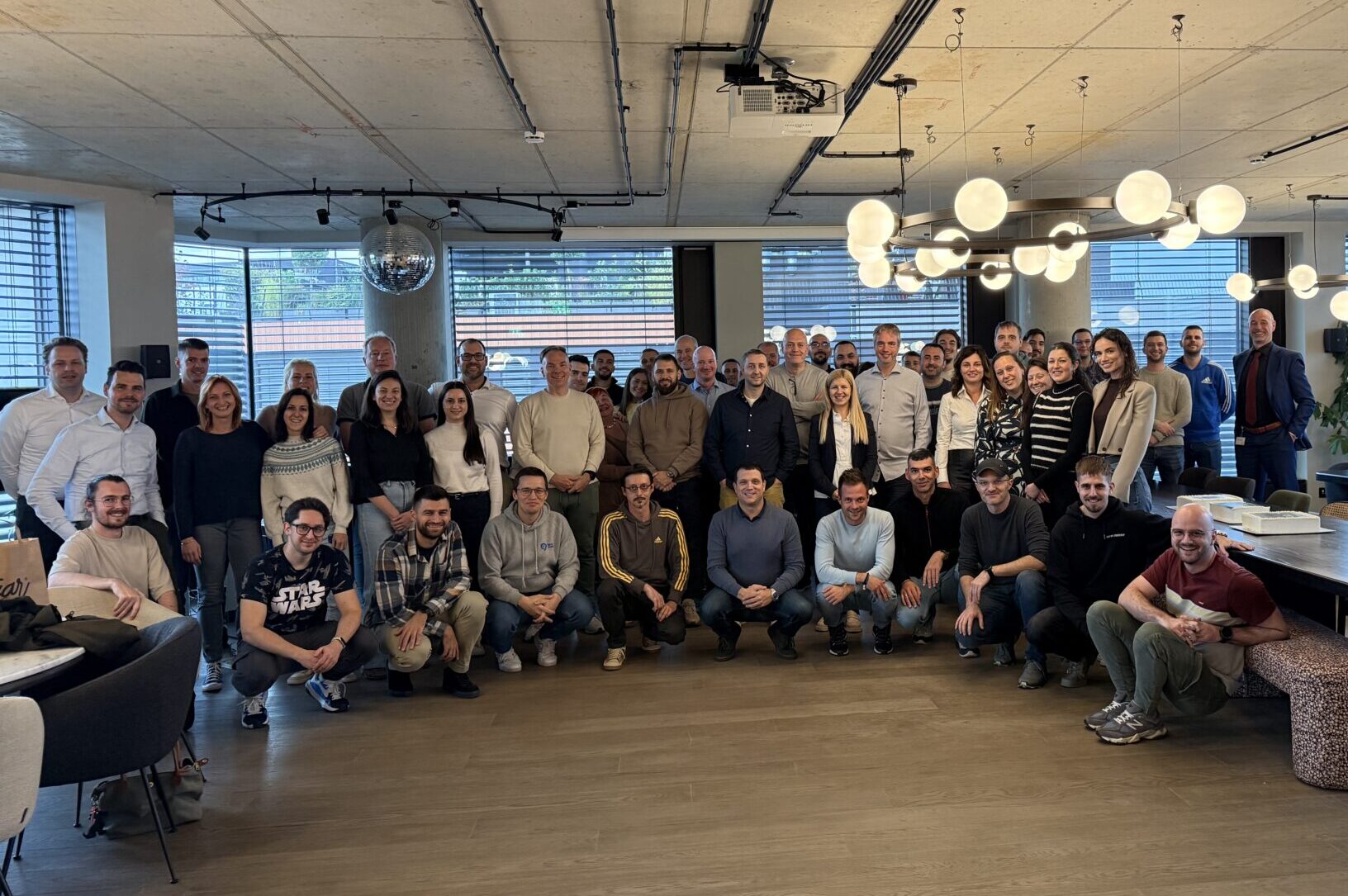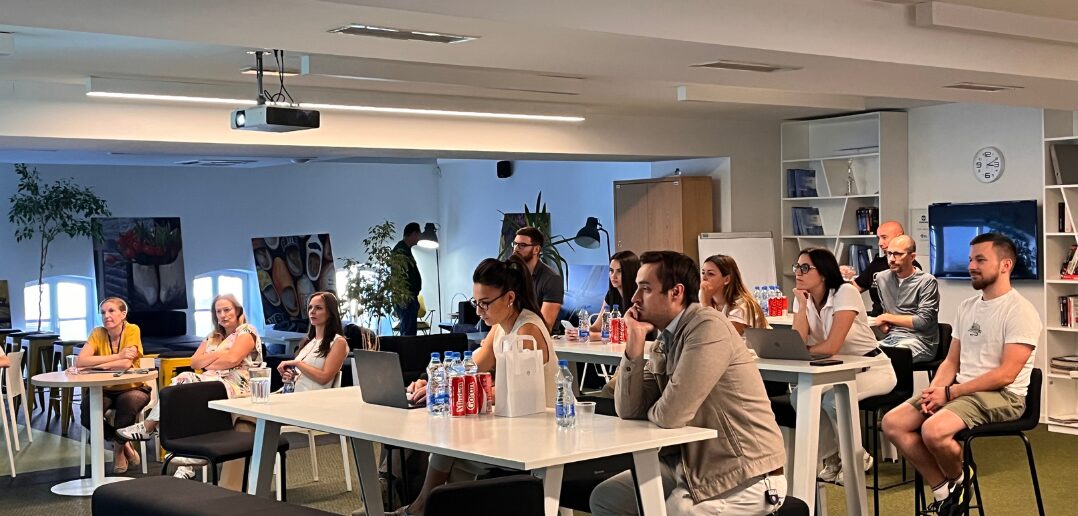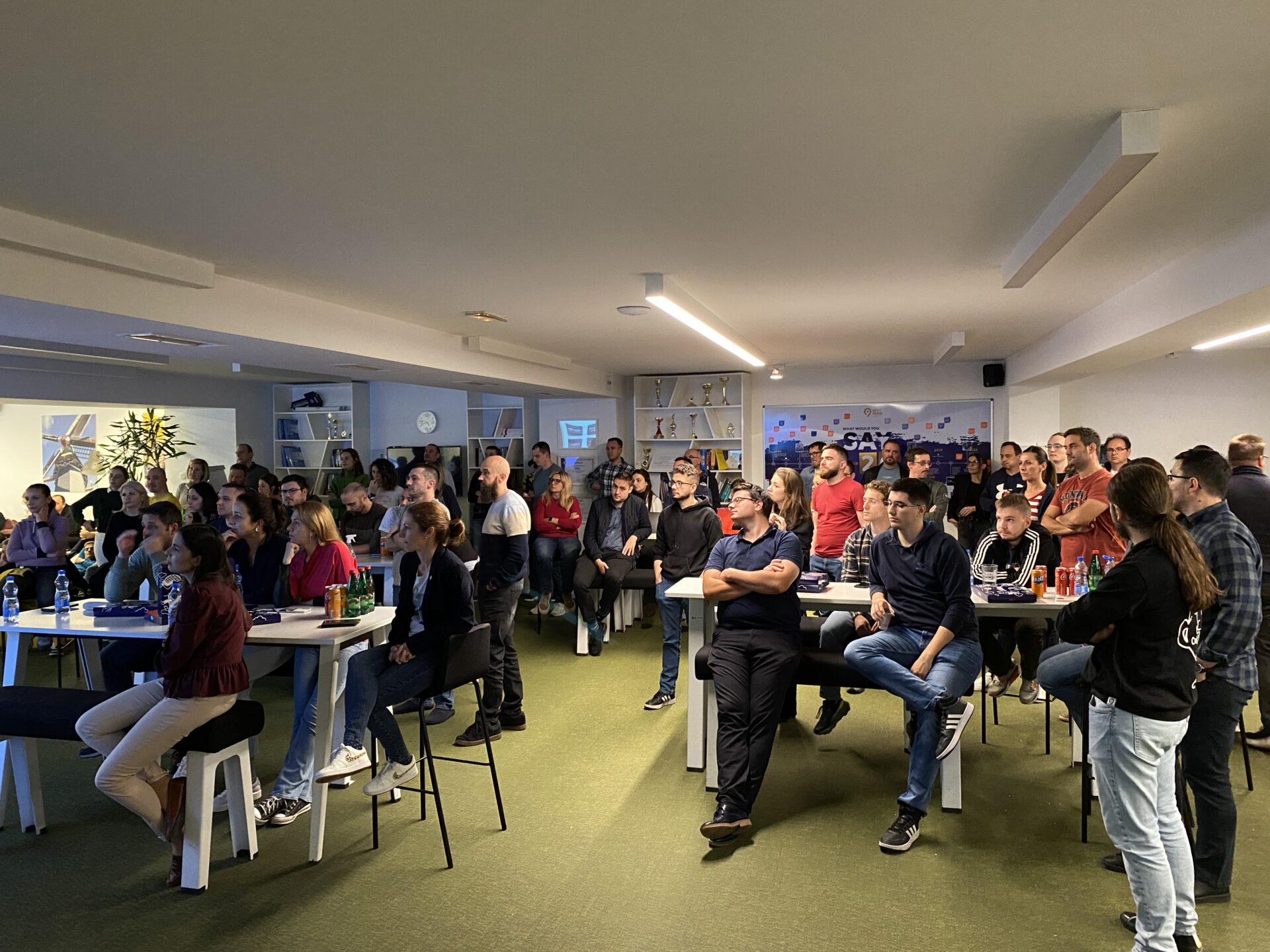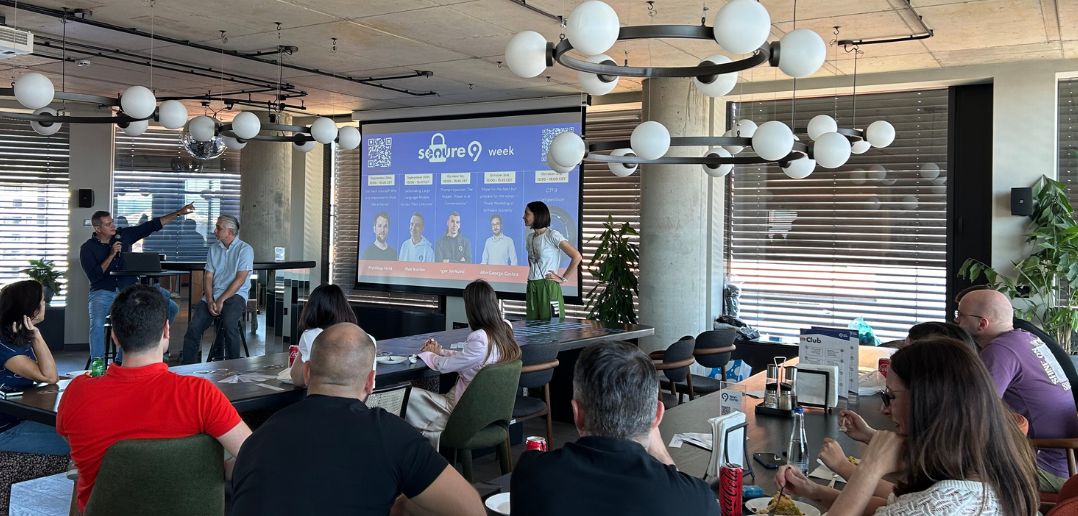In an era where artificial intelligence dominates tech conversations, the challenge isn’t just understanding what AI can do, it’s discovering what it should do for your specific business.
At Levi9, the AI Showroom emerged as an innovative solution to this challenge, transforming how the company engages with clients about AI possibilities.
Sparking Imagination Through Collaboration
The AI Showroom wasn’t born from a desire to simply showcase technical capabilities. Instead, it emerged from a more fundamental need: to give clients a tangible glimpse of AI’s potential and spark collaborative discussions about real-world applications.
The initiative’s core purpose is straightforward yet powerful, explore how AI could be applied to clients’ specific products and business needs while demonstrating Levi9’s expertise in this rapidly evolving field.
“The main idea was to give our clients a glimpse of what AI is capable of and to spark their imagination through an open, collaborative discussion,” explains Levi9 team behind the initiative. It’s an approach that prioritizes conversation over presentation, possibilities over prescriptions.
The Cross-Functional DNA
What makes the AI Showroom particularly noteworthy is who built it and how. This wasn’t a siloed project confined to a single department. Instead, it exemplified cross-functional collaboration at its best, bringing together technical experts, delivery teams, and business professionals under one roof.
This collaborative approach reflects a broader cultural mindset that Levi9 encourages among levi niners. The emphasis is on curiosity and experimentation: being open to trying new tools, learning through hands-on experience, and always connecting technology to tangible business value.
It’s this combination of collaboration, continuous learning, and practical thinking that made the AI Showroom possible in the first place.
A Comprehensive Technology Showcase
The Showroom isn’t limited to a single AI technology or approach. Instead, it showcases a diverse range of modern AI tools and frameworks, demonstrating how various components can work together seamlessly. Visitors encounter large language models (LLMs), retrieval-augmented generation (RAG), and frameworks such as LangChain in action.
The platform leverages industry-leading services like OpenAI and AWS Bedrock, while also incorporating Model Context Protocol (MCP) servers and Supabase. This variety isn’t just for show – it demonstrates the practical reality of building intelligent, context-aware applications in today’s AI landscape, where integration and interoperability are just as important as individual capabilities.
Real Projects Meet Experimental Innovation
One of the Showroom’s strengths lies in its content diversity. The demos represent a deliberate mix of internal projects, experimental prototypes, and proof-of-concept work developed specifically for clients. This blend ensures that visitors see both the tested and the exploratory, the proven and the possible.
This approach acknowledges an important truth: AI implementation is part established practice and part frontier exploration. By showcasing both, the Showroom provides a more honest and comprehensive view of where AI stands today.
Inside the Showroom: From Internal Tools to Strategic PoCs
The AI Showroom features a compelling mix of applications that demonstrate AI’s practical value across different contexts. Among the internal tools showcased is AskBot9, an internal chatbot that allows employees to quickly and easily find important workplace information using natural human language. Instead of navigating through complex documentation or directory structures, Levi Niners can simply ask questions conversationally and get the answers they need.
Another internal innovation is Insights9, a custom-developed Google Chrome plugin that functions similarly to OpenAI’s ATLAS principle. Developed back in 2024, these tools demonstrate that Levi9 has been ahead of the curve in practical AI implementation, building solutions before they became industry standard.
The Showroom also features two proof-of-concept applications directly aligned with the client’s strategic goals for 2026. One particularly compelling demo showcases an AI-powered chatbot that transforms the traditional e-commerce search experience. Instead of clicking through categories and filters, users can simply describe what they’re looking for in natural language—for example, “I’m looking for a mixer good for Pavlova cake.” The chatbot then uses reasoning capabilities to understand user preferences and present multiple options, engaging in a collaborative dialogue to help the user arrive at the best choice for their specific needs.
This PoC fundamentally improves user experience by allowing customers to search for products using everyday language while simultaneously accelerating the entire discovery process. It’s a perfect example of how AI can enhance rather than replace human decision-making, making technology feel more intuitive and less like a barrier between customers and what they’re trying to accomplish.
Developers Learn from Business Perspectives
While the Showroom naturally appeals to technical audiences, its true value emerged when business stakeholders engaged with the demos. During presentations, these stakeholders actively connected the showcased capabilities to real business scenarios and challenges from their own domains.
This dynamic created an unexpected learning opportunity for developers. By observing how business leaders perceived AI and discussing what is feasible, valuable, and ready for implementation, developers gained deeper insights into where AI can deliver measurable value to end customers. The Showroom became a bridge, not just between Levi9 and clients, but between technical possibility and business reality.
Transforming Client Conversations
The impact of the AI Showroom extends beyond individual sessions. It has fundamentally changed how Levi9 approaches AI discussions with clients. During a recent session discussing an AI proof-of-concept delivered for a client, the Showroom sparked conversations about extending and expanding the implementation.
By addressing topics from different business domains, new ideas emerged for enhancing the initial PoC into broader, value-driven use cases. What began as a demonstration evolved into a strategic planning session, with the Showroom serving as both catalyst and framework for innovation.

The Path Forward: From Showcase to Standard Practice
Perhaps the most telling insight about the AI Showroom is how its creators envision its future. As AI becomes increasingly integrated into everyday software development, the Showroom’s role is expected to evolve naturally. Rather than remaining a special initiative, it will likely transform into a regular demo and delivery reporting format.
This evolution reflects a broader shift: AI moving from novelty to necessity, from experimental to essential. When AI becomes a standard element of the delivery process rather than a separate initiative, the Showroom will have succeeded in its ultimate mission—not just showcasing AI, but normalizing it as a fundamental part of how Levi9 delivers value to clients.
A Model for the Industry
The AI Showroom represents more than just a clever client engagement tool. It exemplifies a thoughtful approach to introducing transformative technology—one that prioritizes collaboration over evangelism, practical application over theoretical potential, and business value over technical spectacle.
As organizations across industries grapple with how to meaningfully integrate AI into their operations, initiatives like Levi9’s AI Showroom offer a valuable blueprint. The key ingredients aren’t mysterious: cross-functional collaboration, a culture of curiosity, diverse technology demonstrations, and above all, an unwavering focus on connecting technical capabilities to real business needs.
In the end, the AI Showroom succeeds not because it showcases the most cutting-edge technology, but because it creates the space for meaningful conversations about what that technology can accomplish. And in the rapidly evolving world of AI, that might be the most valuable capability of all.
***This article is part of the AI9 series, where we walk the talk on AI innovation.
In this article:






